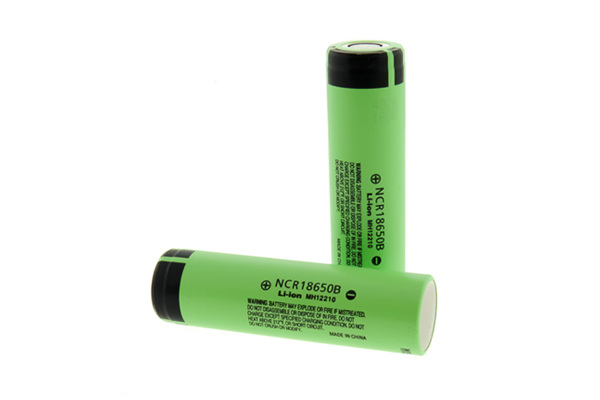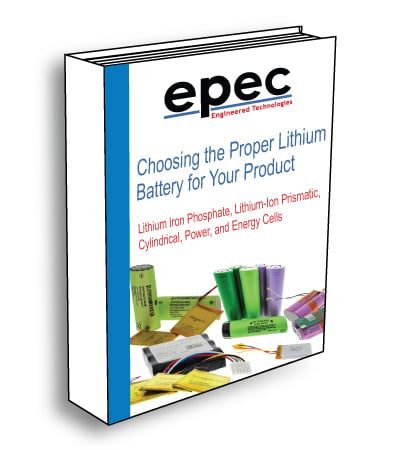Battery Pack Cell Availability
When developing a battery pack, considerations should be made for the type of cell choice and what that means in terms of availability and impact on the project time line.
Most engineers are not aware of the logistics around some of the top tier cell suppliers. A common misconception is that all cell brands are readily available or on the shelf with a distributor. That may or may not be the case with some chemistries, brands, and common models.
For an example, if you are designing an alkaline battery pack, it is very likely most of the cell models are readily available. Common Nickel Metal Hydride models would also be available from most stocking distributors. Nickel Cadmium is getting less and less available due to the green initiative, and when it comes to Lithium chemistry, it is much more complex than just selecting a cell model and anticipating it is available for immediate purchase/use.
Purchasing Brand Name Battery Cells
Battery brands like Samsung, Panasonic, Boston Power, A123, etc. are not cells that can be purchased from distributors. In order to purchase battery cells from these brands you need to be an approved battery pack assembler of these manufacturers. You must purchase the battery cells directly from them. In many instances these cells are not a stocking item for them and need to be manufactured. In these cases you are subject to their manufacturing lead times, even at the prototype quantities.

As an approved battery pack assembler for some of the top tier manufacturers, the approval process with them is streamlined to be able to obtain cells without delay. Even with the pre-approval status, prototype cell quantities can be 8-weeks or more. Production can take up to 14-weeks or more, depending on the logistics.
It is possible that some battery pack assemblers have certain commonly used cells that may be available or overage of that specific model that could be used to improve prototype deliveries, but, this is only a best case scenario and typically not standard.
Battery Cell Shelf Life Concerns
There are also shelf life concerns to factor in for battery pack assemblers that hold battery cell stock on the shelves. In these instances you need to ask yourself these important questions.
- How old are the cells?
- What type of environment are they stored in?
Other important questions would be are the cells from the same lot and do they match which is critical for designs with multiple cells in series? The prototype batteries should be representative of best industry practices, to be able to accurately evaluate a design, so if your assembler is not using fresh matched cells, how accurate will prototype testing be?
For more information, see our blog posts on lithium battery storage and the shelf life of a rechargeable NiMH battery.
Not Sure What Battery Cell To Use?
Ready to navigate the complexities of battery cell selection and availability? Don't leave your project to chance. Consult with our engineering team and streamline your path to production.
Request a Quote Request Design Support Request More Information


